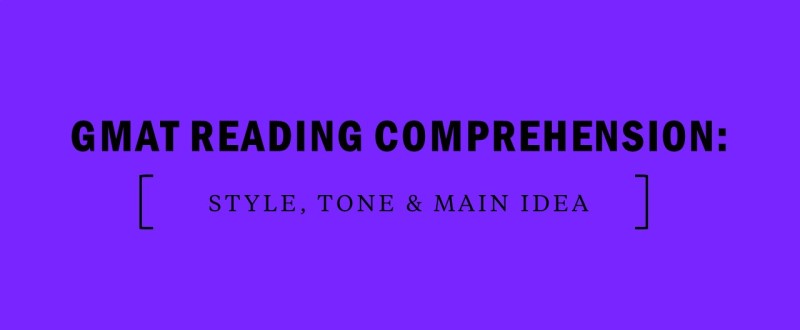GMAT Verbal Practice: Complete the Passage Questions
When you encounter Complete the Passage questions on the GMAT, use Kaplan’s four-step process below to find the correct answer.
Practice Question
Use the four-step process to answer the following practice question, then check your process with the one below.
Make A Prediction
Conclusion – Old firms don’t innovate & underestimate other companies that do.
Evidence – Old firms concentrate on protecting what they have.
Assumptions – Protecting what you have = NOT innovating
What’s the blank represent? An example that will prove the author’s point.
Prediction: An old firm that didn’t innovate & suffered as a result of another company that did.
Answer Choices
A. electronics and mass-produced gears eliminated the traditional market for pocket watches, clearing the way for marketing them as elegant, old-fashioned luxury items.
Incorrect. This is contradictory since the traditional pocket watch makers changed their marketing (and thus innovated.)
B. an extremely popular prefabricated house was introduced by a company that, several years before, had failed miserably with its product line of glass houses.
Incorrect. This is contradictory since it shows a company that innovated.
C. a once-leading maker of buggy whips responds to the new availability of stick shifts by attempting to make better buggy whips.
Correct! Here an old buggy whip firm does not innovate and simply focuses on what they already have.
D. smoking pipes, originally designed for use by typically older, more traditional smokers of tobacco, are now bought mostly by young smokers of scented or flavored herbal blends.
Incorrect. This focuses on the consumer. We would consider this “out of scope” since our argument focuses on the producers.
E. the psychiatrist who invented the anti-inhibition drug MDM did not mean for his product to be used by partygoers, who buy most of the drug now called “Ecstasy.”
Incorrect. This focuses on the intentions of the producer, which is also “out of scope” to our argument.

